
With business growth comes opportunity. But it also comes with growing pains. Statistics show that online shopping is still going and is expected to increase exponentially in the foreseeable future. With rapid ecommerce growth, 3rd Party Logistics (3PL) companies help businesses meet complex customer demands, rising costs, and increased marketplace competition. As businesses scale ecommerce and use omnichannel sales to reach more customers in more places, it's critical to focus on marketing, product development, and relationship building. This is where 3PL comes into the picture.

Connecting your business distribution operations with a 3PL provider decreases costs while increasing speed and efficiency. In addition, a 3PL helps transfer resources to areas where they’re needed, freeing up your resources to perform critical day-to-day tasks. This article will explore 3PL, who needs it, how it helps, and how Kensium combines 3PL and Acumatica to streamline your distribution operations.
What Is 3PL?
Third-party logistics, or 3PL, is an outsourcing partner that manages logistics and distribution for a business. 3PL is used in warehousing, transportation, fulfillment, shipping coordination, retail distribution, and exchanges and returns. By storing your products in the vendor's warehouse, the items are shipped directly from your 3PL partner. Customers need to learn the difference between you managing distribution or a 3PL because it is a seamless process with automated shipping when orders are placed. In many instances, a 3PL helps increase customer satisfaction because their business is optimized around managing your distribution and shipping operations.
How Does It Work?
Even though the fulfillment process varies depending on the provider and services you've selected, the typical approach is easy to understand.
- Your inventory arrives at the 3PL warehouse and is organized by SKU.
- An order is manually forwarded or automatically pushed from your ERP software connected to your ecommerce website when an order is placed.
- A pick list is created and picked up by a warehouse team member to collect the customer's order.
- Items are packed in boxes with a receipt and the order details.
- The 3PL prints the shipping label or uses one from a shipping carrier partner like UPS, FedEx, DHL, etc.
- The shipping carrier collects packages from the distribution center and delivers them to the customer.
- Tracking information is uploaded into the 3PL system and syncs with your order management software.

This is a simple description and is often more complicated in practice depending on your industry, products, business model, and other factors. However, as you can see, it creates a streamlined process designed to efficiently manage online orders and save money by not having to contract with individual shipping partners.
3PL Vs. Drop-Shipping
Drop-shipping is a fulfillment model where goods are stored in a manufacturer, retailer, or wholesaler warehouse. Customer orders and shipment details are transferred to the warehouse, and items ship directly to the customer. Many small ecommerce businesses use this model when selling products from another manufacturer, making themselves the middleman between the manufacturer and customer. Unfortunately, drop-shipping has many disadvantages for ecommerce merchants. Let's look at the main issues.
It's Complex
While drop-shipping may sound straightforward, it's anything but easy. Shipping costs pile up as you manage suppliers, order processing, returns, and customer support. In addition, you are responsible for maintaining websites, attracting online traffic, and operating inventory and shipping prices with the manufacturer. All these moving parts cost time and money to organize and add to your already full plate of business responsibilities.
No Control Of The Supply Chain
Your supplier's stock availability affects the capacity to fulfill client orders. If the product is out of stock or back-ordered, you may have to stop selling and wait until inventory is replenished. This delay creates longer lead times and the potential of lost clients. Even if you do everything right, you can lose profits if the supplier doesn't fulfill their half of the contract.
Lack Of Quality Control
Because you depend on a supplier to fulfill and ship items, you can only inspect items to ensure they match their descriptions and are intact. Unfortunately, this lack of quality control means customers' expectations may not be met, creating increased returns and lost customers due to incorrect or damaged shipped items. In addition, just one defective batch of items can result in unhappy customers who give negative feedback, post bad reviews, and are not likely to continue purchasing your products.
Brand Building Limitations
Ecommerce businesses depend on their brand to attract customers, establish credibility, and differentiate themselves from competitors. However, when you use drop-shipping, your number of options for branding is limited because the items and services you offer are credited to the suppliers and distributors.
Lower Profit Margins
Drop-shipping success depends mainly on website traffic. When starting from zero in ecommerce, you may need help to build your client base. Drop-shipping means buying products one at a time rather than in bulk. One-at-a-time orders lower your profit margins, and you may also have to pay the wholesaler additional fees for the picking, sorting, packing, and shipping of items. These additional costs mean you miss out on significant financial gains once you scale up your business and build a customer base that's big enough to increase pricing.
3PL Benefits
Now that we understand the difference between 3PL and drop-shipping, let's look at the benefits of using a 3PL provider.

Optimization
Modifications to each supply chain piece can be made with an outsourced logistics partner when necessary. You get the benefit of constant improvements made to the processes that come with supply chain optimization. 3PL providers consistently analyze your supply chain and operations to define gaps and inconsistencies, helping you optimize processes to become more efficient and experience customer loyalty as you meet their demands effectively.
Cost Savings
The logistics partner gives you more buying power with extensive carrier networks and lower transportation rates. When your processes are optimized, and improvements are continually made, it also helps reduce returns, claims, shipping errors, and lost sales. Because the provider has multiple clients and businesses they serve, you save money on transportation and logistics costs. In addition, the network of shipping providers helps 3PLss negotiate lower rates, which ensures unnecessary costs are nearly eliminated.
Carrier Capacity
The carrier capacity and equipment needed to move your shipments are accessible through the provider's connections to thousands of freight carriers. In addition, 3PLs help you optimize inventory and warehouse management.
Technology
A TMS is essential for insight into the supply chain and provides the data you need to make informed decisions and manage your inventory quickly. Because TMS software is costly, using a 3PL gives you access without bearing the cost. Shippers benefit from this technology with increased load consolidation, backhauls, and streamlined routing and distribution.
Connect Your 3PL To Acumatica ERP
Outsourcing logistics provides access to advanced technology and supply chain experts, allowing you the flexibility and visibility to make informed business decisions. In today's competitive ecommerce market, moving away from the expense of warehousing and shipping products on your own or using drop-shipping is critical.
Kensium creates complete end-to-end solutions that connect Acumatica ERP to your ecommerce platform and then connect to a 3PL provider. Combining all three creates a seamless customer experience which, in turn, increases revenue and helps you grow your business. Let us help you scale your business and realize the growth you need to be successful. Contact us today, and let's chat about how we can help!








.png)






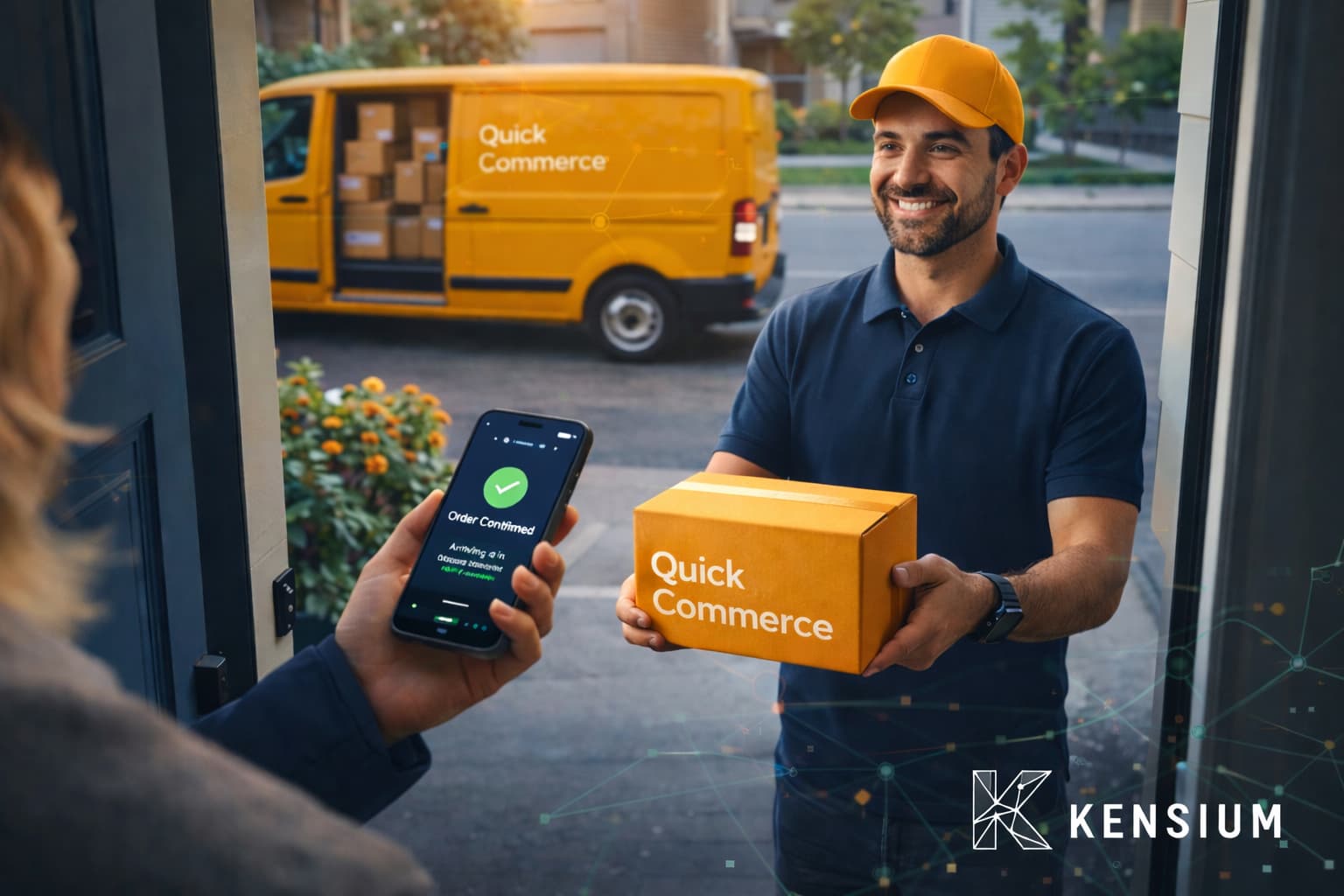




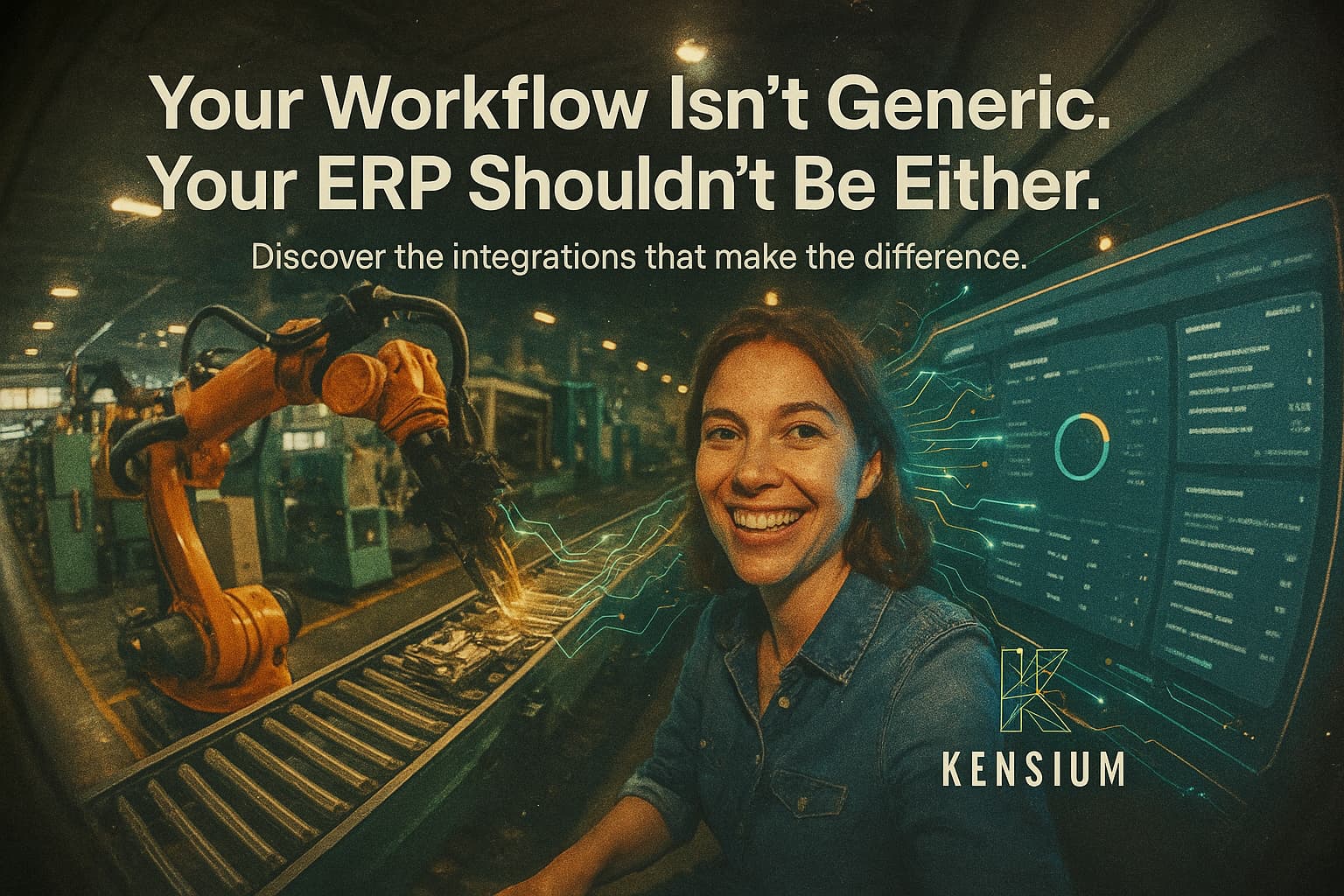
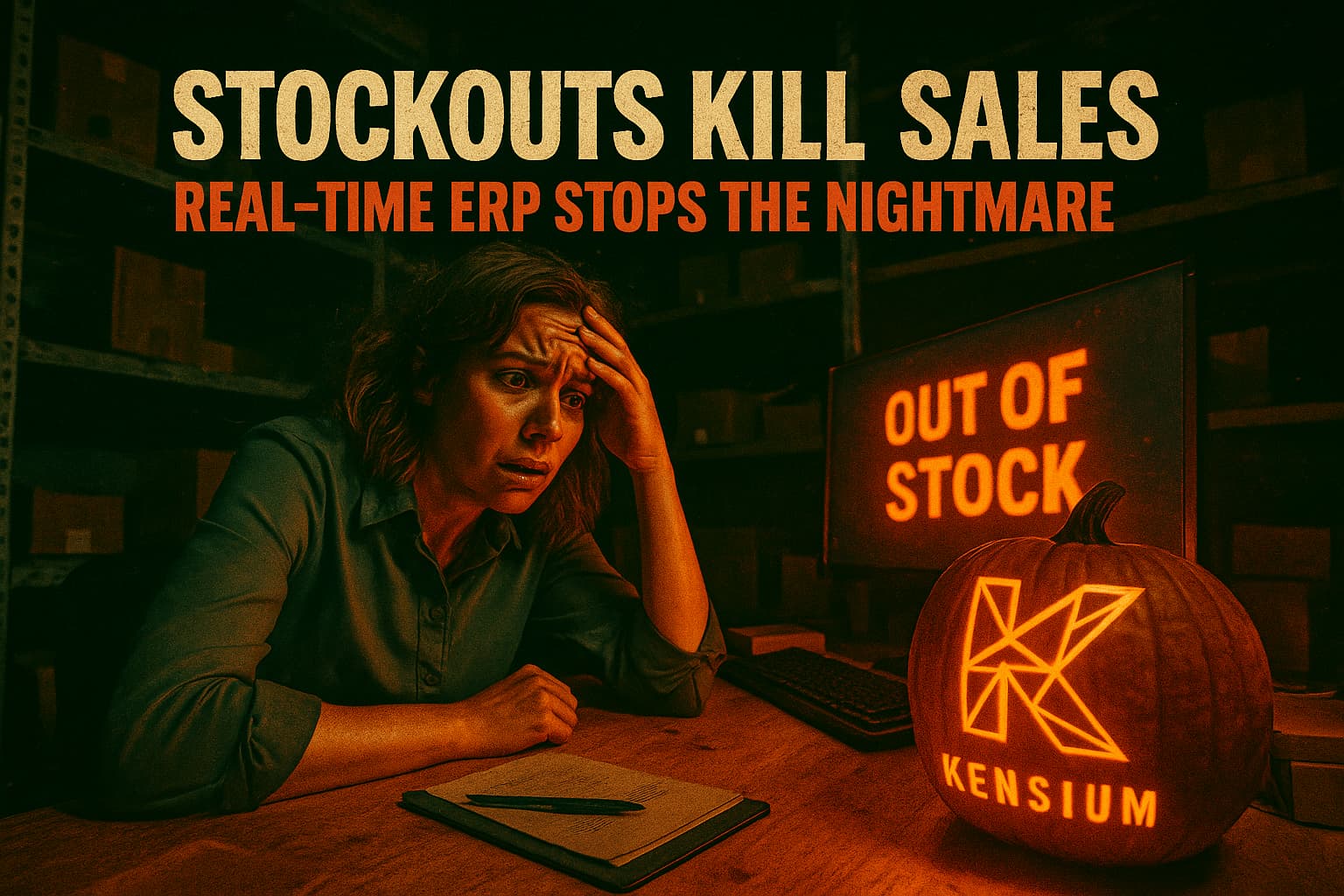
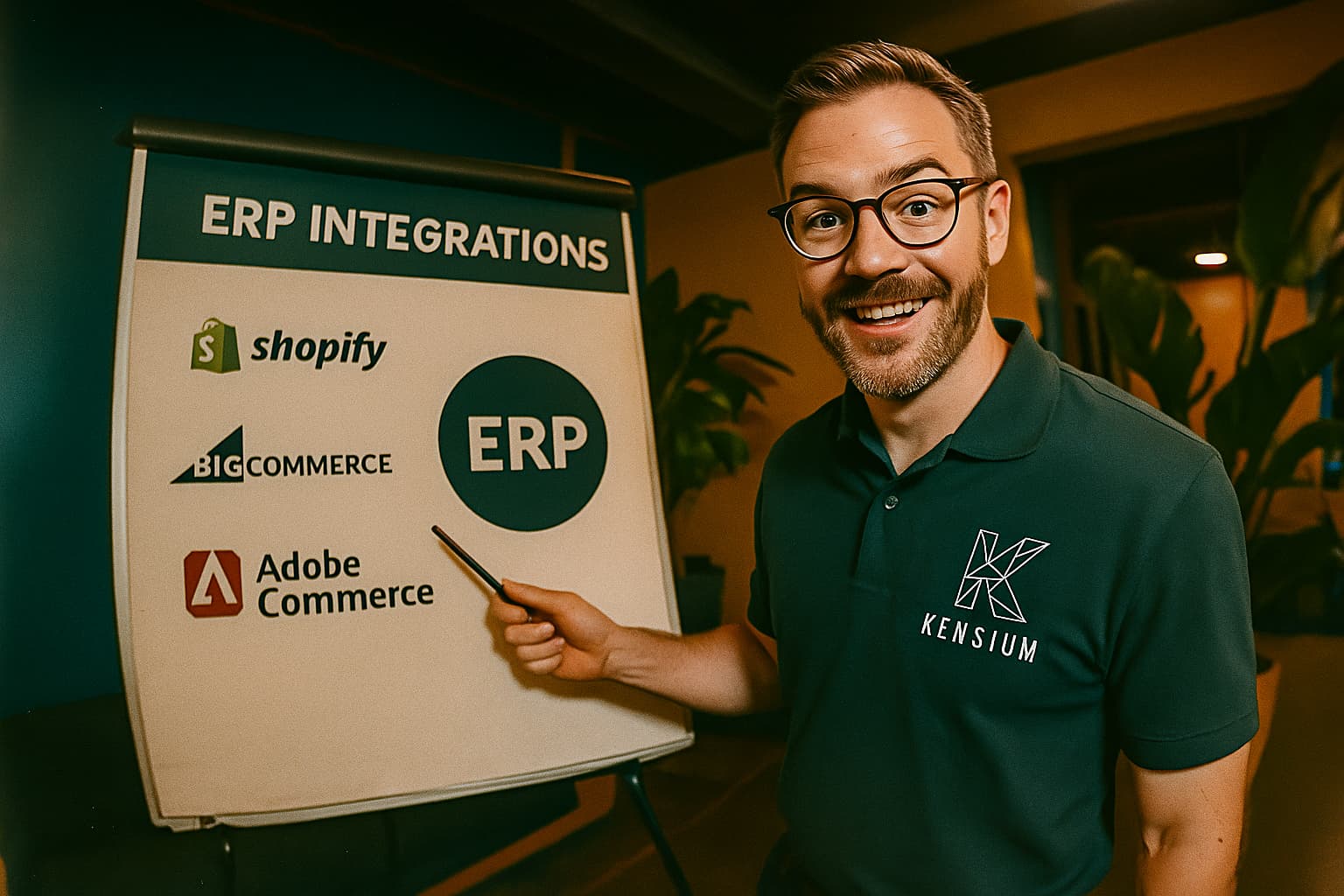

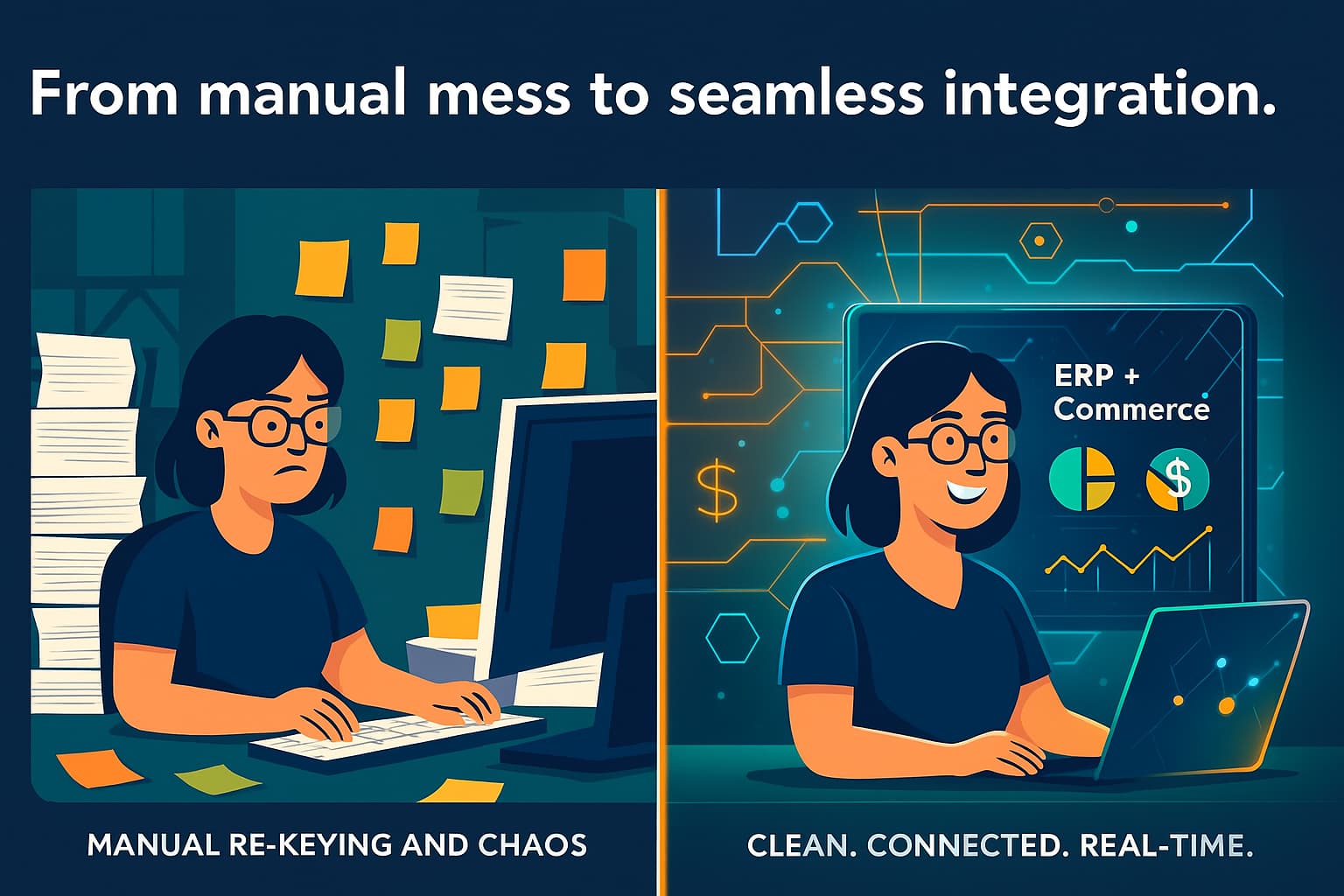



































-small.jpeg)







